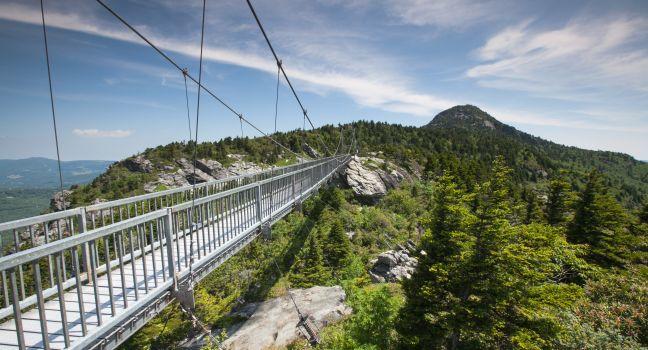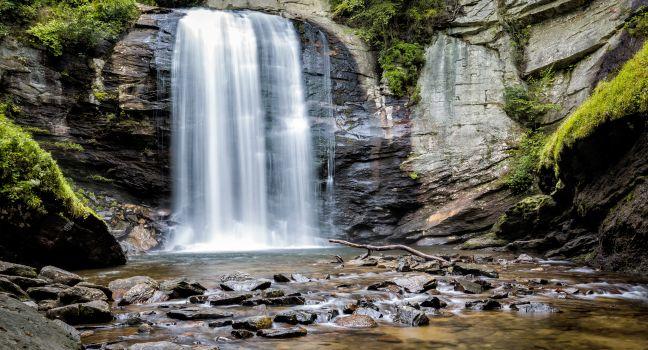Carl Sandburg Home National Historic Site
Connemara Farm is where the famed poet and biographer Carl Sandburg moved with his wife, Lillian, in 1945; he lived there until his death in 1967. Guided tours of their 1830s house—beautifully reconstructed in 2017—are given by National Park Service rangers. Sandburg's papers still are scattered on his desk as if he had just stepped away for a moment, and there are 11,000 of his books on shelves. Kids enjoy cavorting around the 264-acre farm, which still maintains descendants of the Sandburg family goats. There are also miles of trails.






